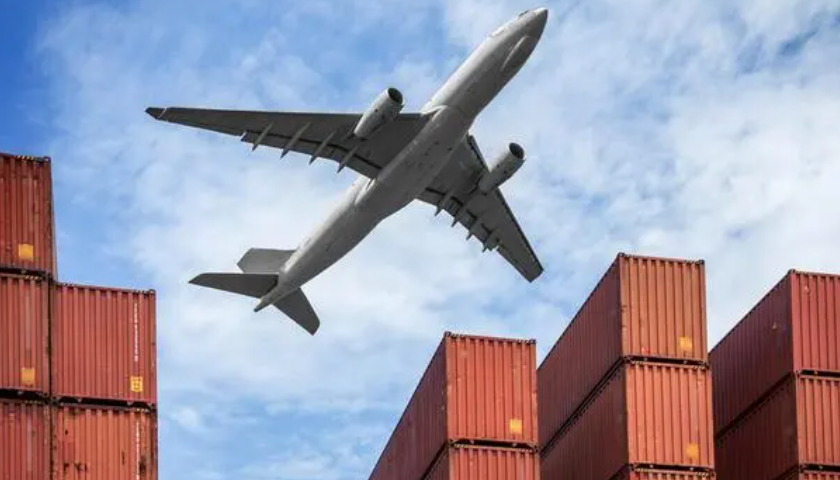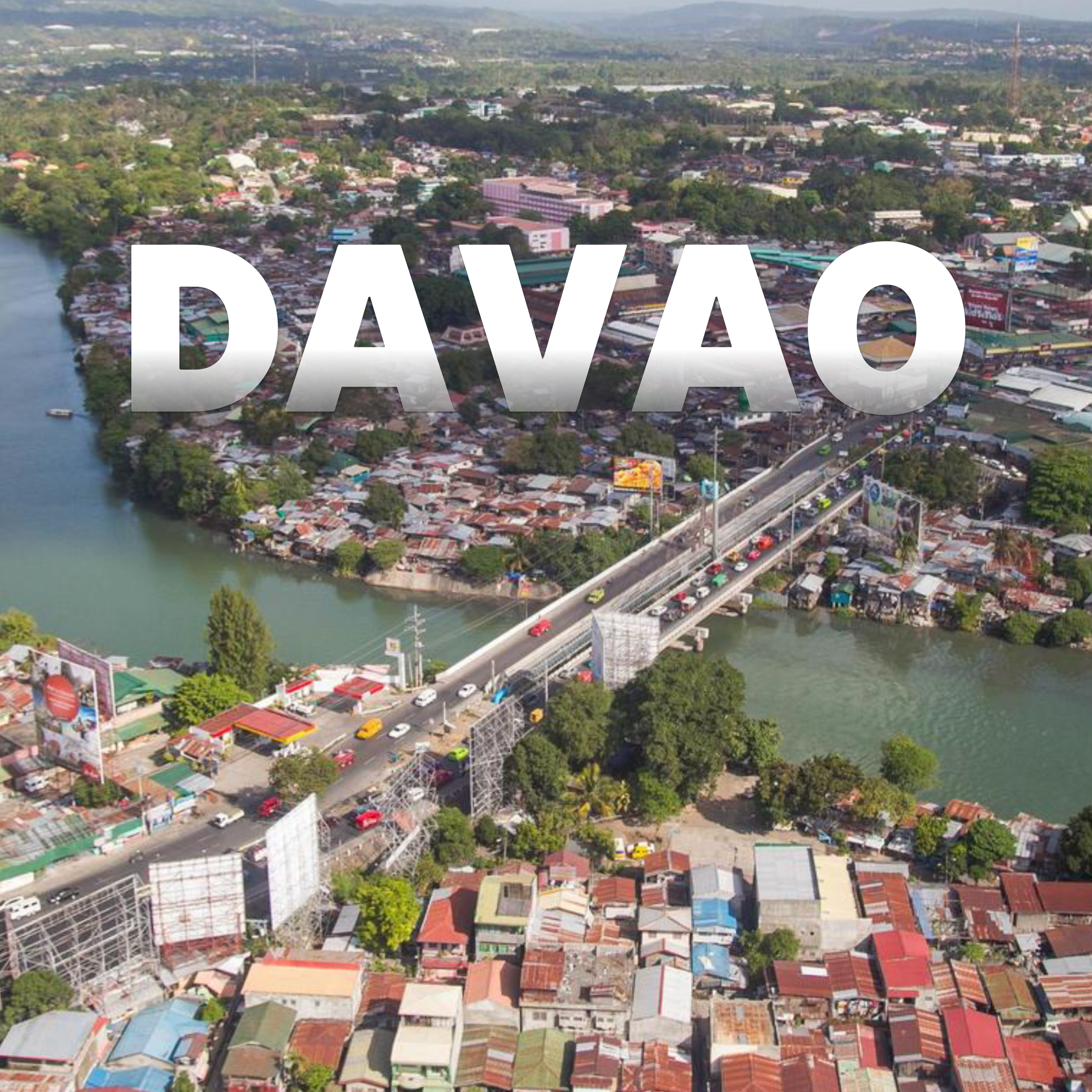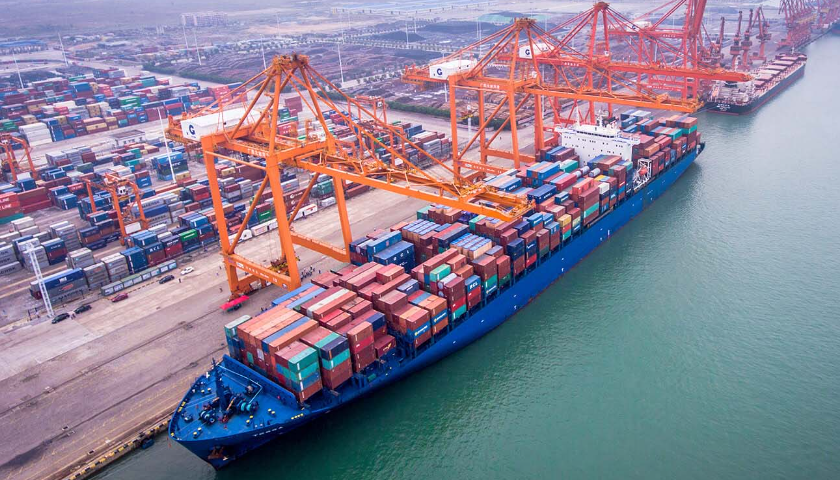transport system in the philippines
The transport system in the Philippines is a diverse and evolving network that serves as the backbone of mobility across the archipelago. Comprising land, sea, and air transportation, this comprehensive system connects over 7,600 islands through various modes of transit. The land transportation infrastructure includes an extensive network of roads, highways, and railways, with the Philippine National Railways (PNR) serving as a crucial component. Urban areas feature multiple options including jeepneys, buses, taxis, and modern rapid transit systems like the Light Rail Transit (LRT) and Metro Rail Transit (MRT) in Metro Manila. Maritime transport plays a vital role with numerous ports and ferry services connecting the islands, while the aviation sector includes major international airports and regional facilities. The system incorporates modern technological features such as automated fare collection systems, real-time tracking capabilities, and digital booking platforms. Recent developments include the implementation of the Public Utility Vehicle Modernization Program (PUVMP), which aims to upgrade public transportation vehicles with improved safety features and environmental standards.


